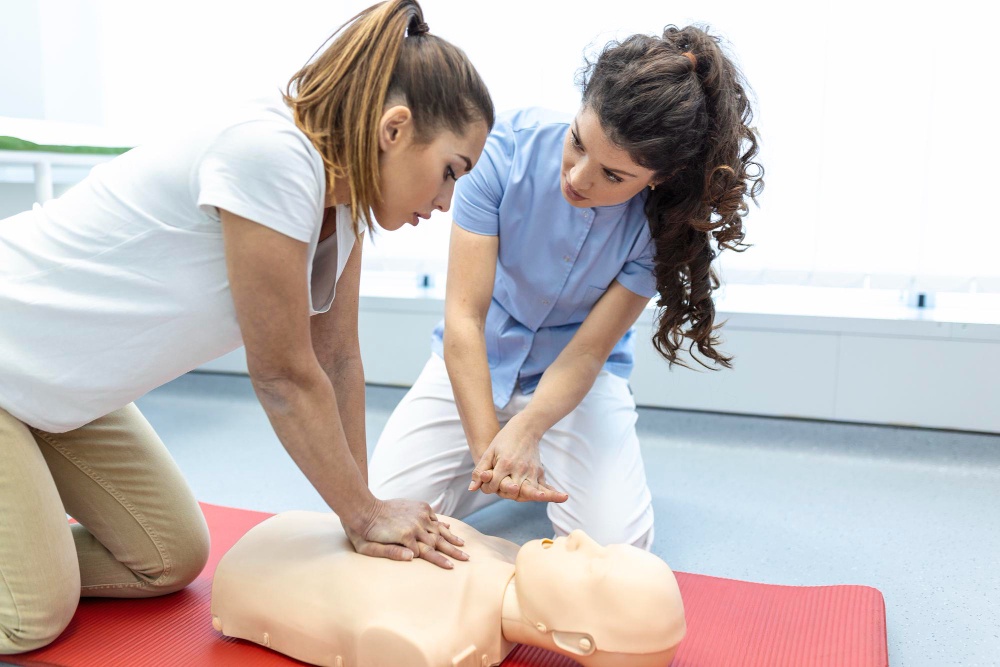Cardiopulmonary Resuscitation (CPR) is a critical life-saving skill, and as technology continues to advance, it is reshaping the landscape of CPR training. This article explores how technology is revolutionizing CPR education, making it more accessible, engaging, and effective in the realm of health and safety training.
The Evolving Face of CPR Training: A Tech-Infused Approach
Traditionally, CPR training involved a combination of theoretical knowledge and practical skills, often delivered in a classroom setting. However, with the integration of technology, the approach to CPR education is evolving.
Virtual Reality (VR) Simulations: Bridging the Gap Between Theory and Practice
Immersive Learning: Virtual Reality (VR) simulations offer a transformative learning experience by immersing participants in realistic scenarios. Learners can practice CPR techniques in a virtual environment, bridging the gap between theoretical knowledge and practical application.
Real-Time Feedback: VR simulations provide real-time feedback on the effectiveness of chest compressions, hand placement, and rescue breaths. This immediate feedback enhances the learning process, allowing individuals to correct and perfect their techniques in the moment.
Mobile Apps and Interactive Platforms: CPR Training at Your Fingertips
Anywhere, Anytime Learning: Mobile apps and interactive platforms bring CPR training to the palm of your hand. Learners can access training modules, videos, and quizzes from anywhere, enabling flexible and convenient learning.
Gamification for Engagement: Incorporating gamification elements into CPR training apps makes the learning process engaging and enjoyable. Points, rewards, and challenges motivate individuals to progress through the training, increasing retention and participation.
Augmented Reality (AR) in CPR Training: Merging the Virtual and Physical Worlds
Overlay of Information: Augmented Reality (AR) enhances CPR training by overlaying instructional information onto real-world scenarios. Learners can practice CPR techniques on mannequins while receiving visual cues and guidance through AR applications.
Enhanced Team Training: AR technology facilitates collaborative learning experiences. Multiple individuals can engage in a synchronized AR CPR training session, fostering teamwork and coordination in emergency situations.
Beyond Traditional Methods: The Integration of Wearable Devices
Real-Time Monitoring: Wearable devices equipped with sensors can monitor the quality and effectiveness of CPR techniques in real time. This data provides valuable insights for both learners and instructors, contributing to continuous improvement.
Personalized Learning Paths: By analyzing individual performance through wearable technology, CPR training programs can tailor learning paths to address specific strengths and areas for improvement, optimizing the educational journey. Visit health and safety training for more information.
Conclusion:
As technology continues to advance, its integration into CPR training brings unprecedented benefits. Virtual reality simulations, mobile apps, augmented reality, and wearable devices are revolutionizing how individuals learn and retain CPR skills. Embracing these innovations not only makes CPR training more accessible but also ensures that responders are well-equipped with the latest tools to save lives in emergency situations.


No comments yet